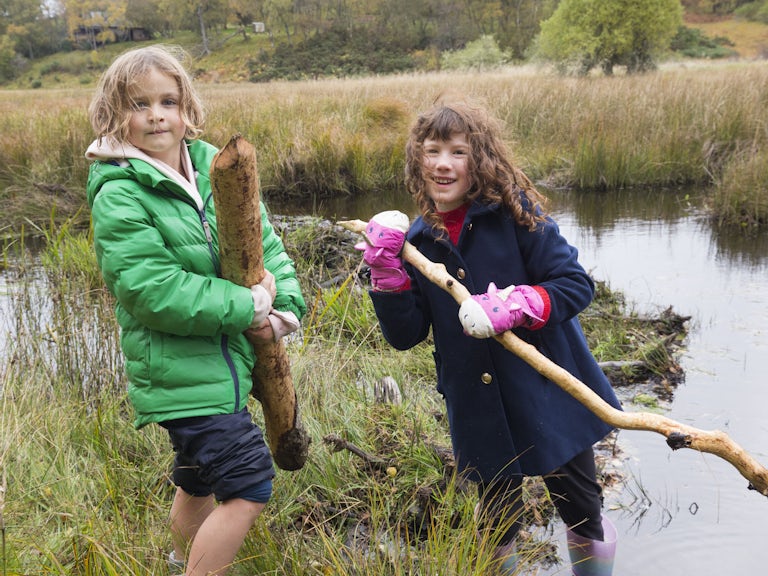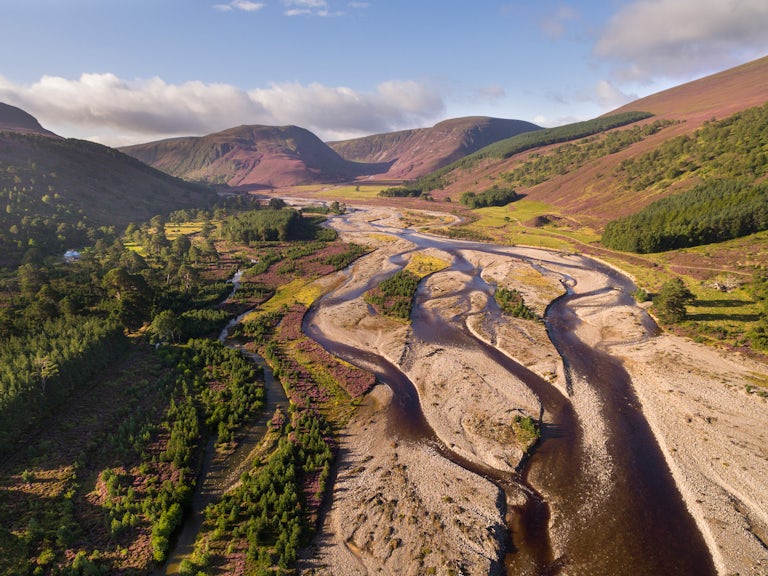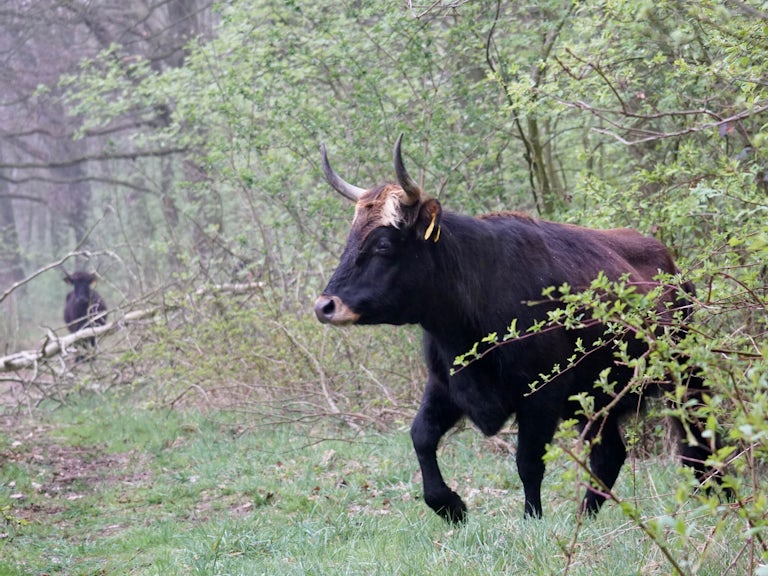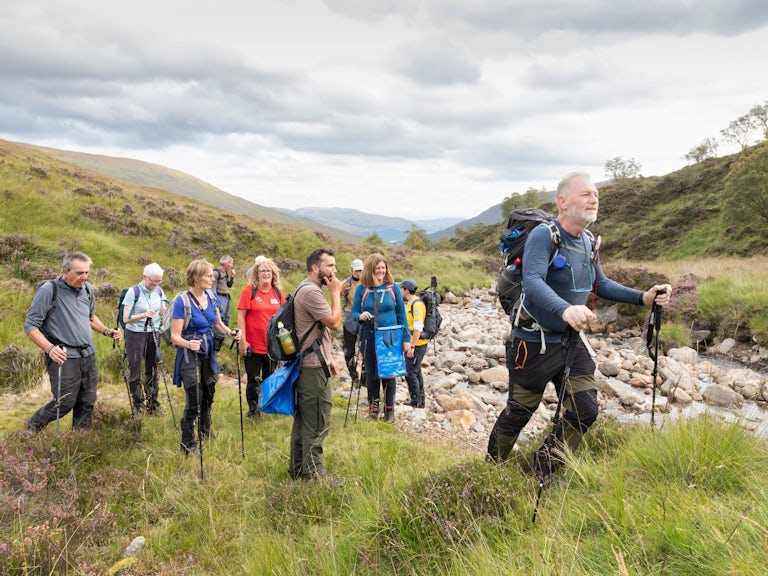Aspen and eagles
A former royal ordnance factory close to Glasgow airport might be an unlikely setting for a new rewilding project, but that is all about to change. John Muir TrustтАЩs Nicky McClure reports.
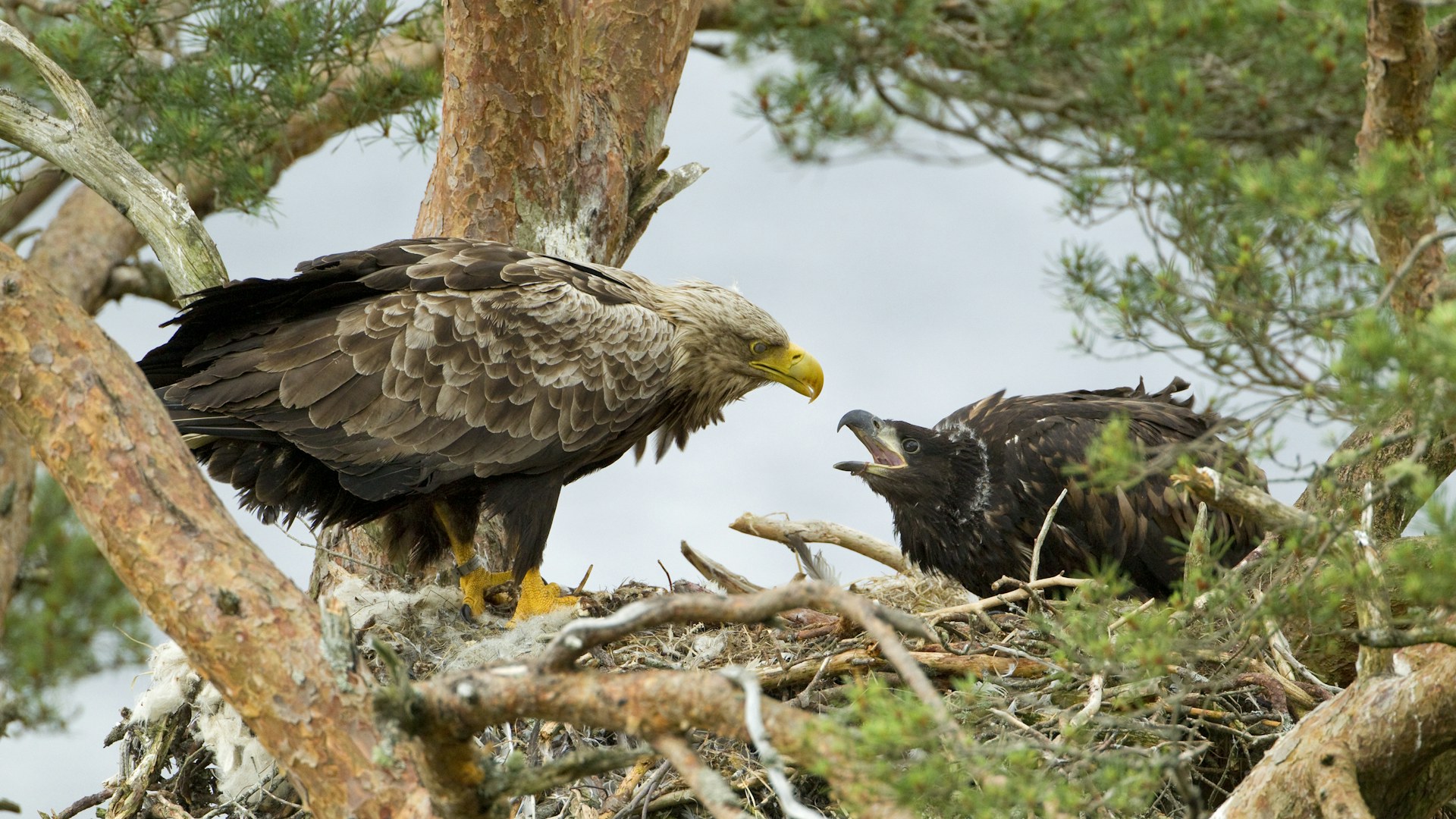
Published 26/05/2020
Mention large-scale rewilding and chances are youтАЩll think of the Carpathians in Europe or the Cairngorms in the Scottish Highlands. The post-industrial hinterland of Glasgow doesnтАЩt spring to mind. Thanks to the Yearn Stane Project, this will soon change.
Sitting within ScotlandтАЩs largest regional park (Clyde Muirshiel), the Yearn Stane Project spans Renfrewshire, North Ayrshire and Inverclyde. Covering around 50 square kilometres, it includes one of ScotlandтАЩs most accessible areas of wild land: Wild Land Area 4 Waterhead Moor тАУ Muirshiel. Described as by Scottish Natural Heritage as тАЛтАШopen, rolling moorland dissected by steep-sided glens and punctuated by several small but steep peaksтАЩ. Yet, unlike many areas described as wild, five million people live in and around the area.
тАЬItтАЩs a big, wild and remote place in a fairly busy area and I love the views, space, fresh air and the dragonflies behind the ranger centre at Loch Thom,тАЭ says Carolyn who uses the park regularly. тАЛтАЬMore community involvement in looking after the park would be great.тАЭ
The capacity for positive change here is all the more impressive precisely because of the closeness of people to the land.
WhatтАЩs in a name?
тАЬThe Yearn Stane is a boulder next to hill of Irish Law in the regional parkтАЭ explains Joe Greenless, Yearn StaneтАЩs project officer. тАЛтАЬIt means тАЛтАШthe eagleтАЩs rockтАЩ. At some point in the past someone saw an eagle sitting on it тАУ but you wonтАЩt see one today, or any other day.тАЭ
The potential for restoration here is huge. The beautiful cross-country route to Lochwinnoch, and the milestone-marked single-track road to Muirshiel Visitor Centre, takes you through an old shooting estate and past the ruins of a grinding mill for a nearby abandoned Barytes mine. You might see a solitary bee buzzing lazily, or the occasional skylark, but otherwise, the land can be eerily quiet.

Stark comparisons
In recent years, black grouse have become locally extinct, along with mountain hare, adder, red squirrel, water vole and bog myrtle. Hen harriers have not bred successfully for a number of years. Gone are the golden plover, twite and ring ouzel. The trees in this part of the park were few and far between. No wonder the eagle that lends the project its name has left its traditional stone perch for now. Joe and the rest of the Yearn Stane team are ambitious for its return.
In keeping with the pioneering nature of the project, the heart of its operations is a former Royal Ordnance Factory (ROF) at Bishopton. Here, the current owner is remediating the 10 square kilometres with a view to new housing, commercial and community buildings, as well as a new woodland park and recreational facilities. There are native and conifer woodlands, and since January 2017 has become EadhaтАЩs tree nursery.
By virtue of the security fence around the post-industrial site, it had become something of an accidental wildlife haven. Surveys have recorded 24 species of mammal, four species of amphibian and 100 species of bird, including badgers, otters, bats and barn owls. This rich enclave is in sharp contrast to the deserted Renfrewshire hills round about. A landscape scarred by a long history of draining and grazing, with very little native woodland and no natural regeneration.

Opportunity to alleviate flooding
These denuded rolling plains arenтАЩt just bad for wildlife. They contribute to regular and serious flooding to local communities at Lochwinnoch and Kilburnie, and threaten the future of water sports at Castle Semple Loch due to silting.
тАЬFrom the flood statistics produced by SEPA we know the 10-year flood risk in our area is ┬г73 millionтАЭ says Joe. тАЛтАЬResearch by the IUCN and Moors for the Future suggests that the peak in flood can be reduced by up to 30 per cent. Planting riparian woodland and encouraging regeneration should reduce it furtherтАЭ.
Upland farmers have a crucial role to play in reducing flooding and improving habitat by rewetting the moors, but itтАЩs far from a one-way street. Many are concerned about the impact on livelihoods as we leave the European Union. The project is now in active discussions with several local land managers to plant trees, restore peat bog and store carbonтАЙтАФтАЙallowing them to qualify for carbon credits.
тАЬWe have a golden window of opportunity,тАЭ says Joe. тАЛтАЬSome carbon credit brokers wonтАЩt work with individuals, they want them to form a collective and work together. ItтАЩs early days, but with Eadha acting as the umbrella, weтАЩre hopefulтАЭ.
Healing the land, together
There are multiple strands to Yearn StaneтАЩs web of healing. Aspen expert and Eadha founder Peter Livingstone is working with SEPA and Aryshire farmers to identify and repair areas where cattle are eroding river banks. TheyтАЩre also working with local crematorium Horizon to introduce native species, whilst the Malcolm Group are planting more natives on landfill sites in Renfrewshire and North Ayrshire.

The John Muir Trust has a long association in the area, working with the Muirsheil Ranger team to deliver John Muir AwardsтАЙтАФтАЙhelping connect young people, volunteers and families to their local landscape. The Place Woodland scheme in Kilbirnie has also used the Award to help adults realise the therapeutic benefits of spending time outdoors in nature. It also operates as a bridge to employment through skills development and training.
Rewilding people
People are absolutely key to the re-imagining and rewilding of this land. Locals are in the driving seat, but there are huge potential benefits for those living in nearby Greenock, Glasgow, Paisley and Linwood. This means a large pool of potential volunteers to call on.
John Muir TrustтАЩs Head of Land Mike Daniels sums up: тАЛтАЬJoe, Peter, Liz and the team are driving an innovative and exciting vision for this wild land area that seeks to demonstrate how ecological restoration and respect for wild places can drive social regeneration benefiting local people. It resonates deeply with our own mission at the John Muir Trust and тАУ alongside ║┌┴╧╒¤─▄┴┐ and the Woodland Trust тАУ weтАЩre delighted to be able to help.тАЭ
“Yearn Stane is a project led by local people with a passion for community, nature and climate. ║┌┴╧╒¤─▄┴┐ is delighted to support them. We canтАЩt wait to see the project grow, wildlife flourish and new livelihoods develop”
Rebecca Wrigley,
CEO of ║┌┴╧╒¤─▄┴┐
Find out more:
- The Yearn Stane Project is supported by , ║┌┴╧╒¤─▄┴┐ and the Woodland Trust, who have funded the project officer position and research and development work.
- , the umbrella organisation for Yearn Stane.

Explore our Rewilding Manifesto
We need UK Government to Think Big and Act Wild for nature, people and planet.
Learn more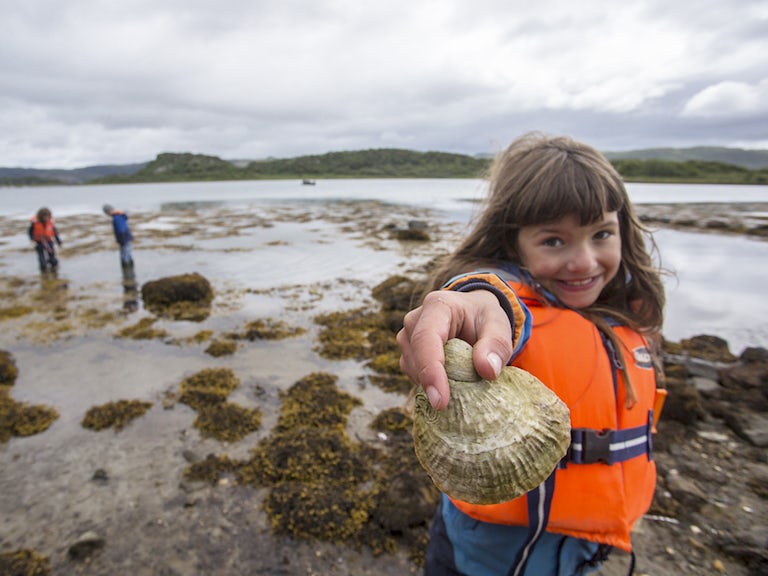
Our vision
We have big ambitions. Find out what weтАЩve set out to achieve through rewilding.
Our 2025-2030 strategy
